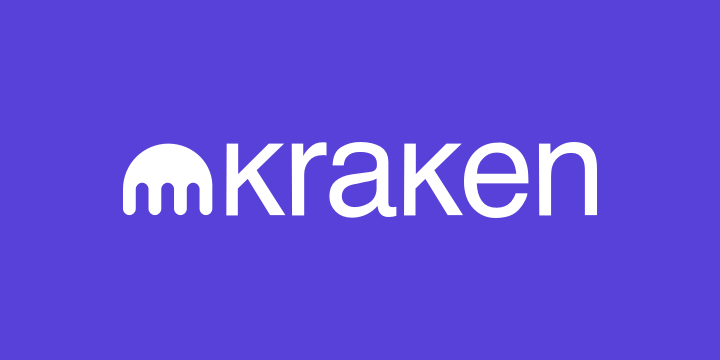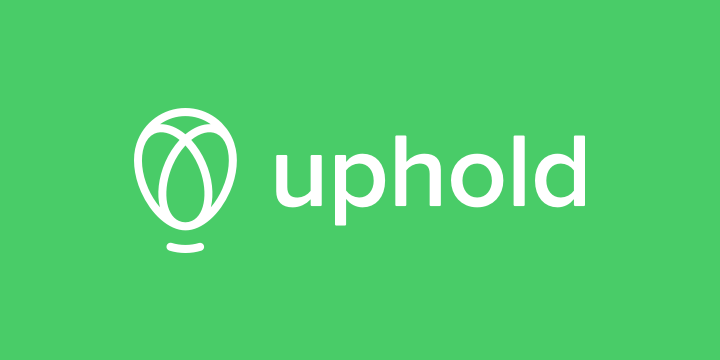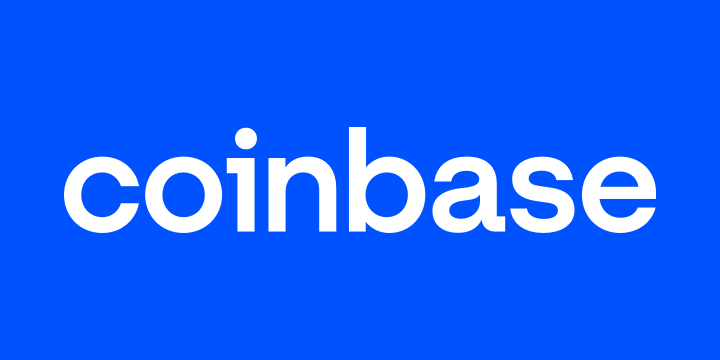...
Terra 2.0 came about after the crash of the original LUNA token (now LUNC) and its dollar-pegged stablecoin (USTC). There will be no stablecoins on the new chain, which aims to provide a new home for the many decentralized applications (dApps) that were built on Terra Classic.
Terra’s highly efficient Proof of Stake blockchain could make it a serious competitor to Ethereum, and users of both decentralized finance (DeFi) and decentralized applications (dApps) have shown serious interest in the project. This guide will tell you everything you need to know about Terra 2.0 and how you can buy LUNA.
Please note: Terra (LUNA) and its primary stablecoin, TerraUSD (UST), suffered a catastrophic collapse in May 2022. We advise extreme caution for anyone thinking of investing in LUNA.
Buy Terra in 3 Easy Steps
Create a free account
Fill all the requested information using your personal data accurately. Check your inbox for a confirmation email and log in with your selected email and password.
Fund your account
Choose your favourite payment method and follow the steps to make your first deposit. The minimum deposit amount might change depending on your location.
Buy Terra!
Search for Terra on the list of available cryptocurrencies. Use a "Buy Order", choose the amount of LUNA to buy, set up other trade details and confirm the order.
Where to buy Terra 2.0: compare the top platforms
Those looking to purchase LUNA for the first time will find they are confronted with a wide choice of platforms to buy from. Some important factors to consider when selecting one include the costs and how easy it is to use. Security is also of the utmost importance and regulated platforms are the most likely to keep your funds safe. To help you get started, we’ve created the following shortlist of the top platforms to buy LUNA.
What is Terra 2.0?
The original Terra project provided algorithmic stablecoins pegged to fiat currencies, with the dollar-pegged UST being the most popular. The blockchain’s native LUNA token was used to stabilize the price of these stablecoins, but during a bank run in May 2022, the algorithmic system was unable to cope with a high volume of liquidations and the prices of both LUNA and UST crashed to almost zero.
Later that month, the original Terra blockchain was rebranded to Terra Classic, with its native token and dollar stablecoin renamed LUNC and USTC respectively. A new Terra blockchain was then launched and the native token of the new chain is now called LUNA. Snapshots of the Terra Classic blockchain taken before and after the attack will be used to allocate airdrops of the new LUNA token.
The new LUNA will be the main staking asset of the Terra 2.0 blockchain. There will not be any stablecoins on Terra 2.0, which will instead provide somewhere for the many Terra-based dApps to migrate and continue their functionality.
Should I buy Terra Now?
This is a personal decision but the information in this guide should help you make it. The initial supply of LUNA will be 1 billion, with a default annual inflation rate of about 7% to provide staking rewards. These rewards could incentivize people to buy and stake the new LUNA token, potentially making it more valuable.
The value of LUNC was partly driven by the demand for USTC, which will not affect LUNA as there will be no stablecoins on Terra 2.0. However, staking and the migration of dApps to the new chain could create value for LUNA.
Terra Classic was the second-largest ecosystem in terms of total value locked (TVL) at its peak. The system’s collapse will likely have harmed investor confidence in the project, but if Terra can thrive following the migration of dApps, LUNA may become a strong investment.
Different Ways to Buy Terra
Terra can be bought in different ways — some people want to invest in it for the long term, while others prefer to trade it on a much shorter timescale. This is a personal choice and what you decide will depend on your own experience, strategy, and investment goals.
Buy and Hold Terra
If Terra can reestablish itself as a thriving ecosystem of dApps, LUNA may become popular as a long-term investment. This could be helped by the fact that LUNA can be staked, which means your tokens won’t just be sitting idle while you’re invested. Instead, you can delegate your tokens to a validator and earn regular staking rewards.
Investors should also be mindful of events that could depress the price of LUNA, at least in the short term, such as uncertainty around the migration, market-wide crashes, and the activity of competitor blockchains, especially Ethereum if it successfully rolls out Ethereum 2.0.
Trade Terra
Like most cryptocurrencies, LUNA is far more volatile than traditional financial assets. While this can make investors nervous, it also presents an opportunity for traders. They can take advantage of regular price fluctuations to buy and sell crypto more quickly, making more frequent profits.
Traders don’t even have to hold LUNA — they can trade derivatives to profit from price fluctuations without the hassle of actually owning and custodying LUNA. Available derivatives products include contracts for difference (CFDs), futures, and options. Crypto traders can additionally use leverage to increase profits — but beware that this can also increase losses.
Do I Need a Wallet?
If you buy LUNA, you will need to keep it somewhere — and there are a range of wallets available. It may be stored somewhere for you automatically by your trading platform when you buy it, but you can always set up your own secure crypto wallet if you want to.
It should be noted that those trading CFDs and other derivatives of LUNA don’t require a wallet as they don’t actually hold any LUNA tokens.
Setting up a Wallet
Different wallets provide different features and levels of security, so the amount of LUNA you hold and what you plan to do with it will likely affect whether you decide to set up your own wallet and which type you choose.
-
Web Wallets — These wallets are usually free but also tend to be the least secure. Exchanges and brokerages often provide web wallets, which are very convenient, especially for those with a small amount of LUNA or who will be making frequent trades.
-
Desktop Wallets — Free software wallets that can be downloaded onto desktops, these tend to be a bit more secure than web wallets and are almost as convenient. They are therefore also suitable for small-time LUNA holders and somewhat frequent traders.
-
Mobile Wallets — Another type of free software wallet, these are similar to desktop wallets but are downloaded onto mobiles. Their features and benefits are similar to desktop wallets, with the added convenience of having access to your funds on the move.
-
Hardware Wallets — These physical storage devices are available from Ledger, Trezor, and KeepKey. They can be expensive but users are paying for the strongest possible security. Hardware wallets are ideal for long-term investors with a lot of LUNA.


